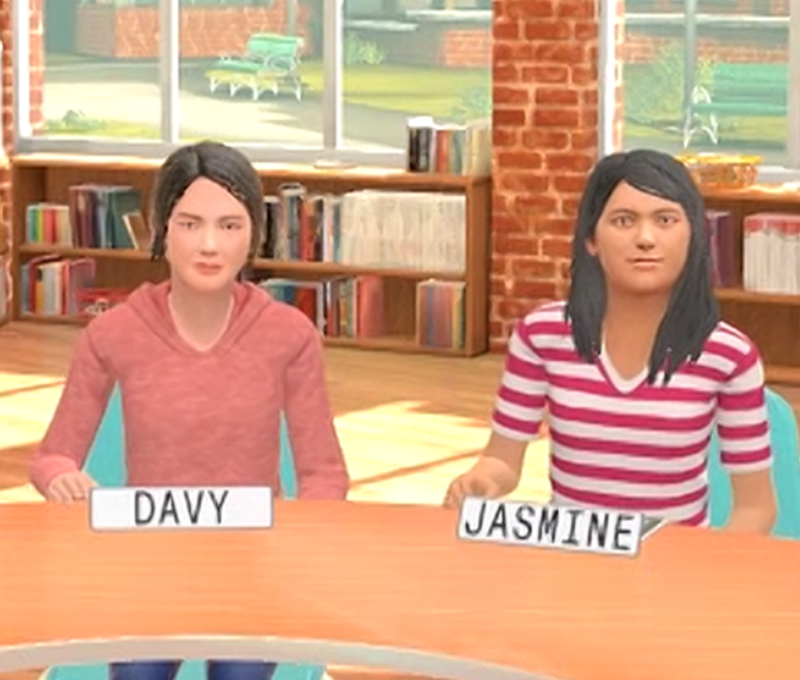BACKGROUND:
In this immersive and emotionally charged simulation, learners will participate in a substance abuse group therapy session featuring three diverse characters: Maria, Rosalyn, and Cliff. Each character is grappling with substance abuse for distinct reasons, shedding light on the multifaceted nature of addiction and the impact of trauma. Maria, a woman in her mid-30s, is using marijuana as a coping mechanism to deal with the trauma of a harrowing encounter with an online stalker who invaded her home. Her story highlights the role of post-traumatic stress disorder (PTSD) and fear in driving substance abuse. Rosalyn, a 35-year-old bookkeeper, is relying on alcohol to numb her distress following a life-altering car accident. Her character explores how sudden trauma can lead to self-destructive behavior and the challenges of seeking help and healing. Cliff, a chiropractor who recently received a DUI, grapples with the consequences of his actions while wrestling with guilt and shame. His narrative delves into the link between addiction and poor decision-making, as well as the stigma surrounding substance abuse. Through these characters' stories, participants will gain empathy and understanding for individuals dealing with addiction, hone their communication skills, recognize the impact of trauma on addiction, and explore a holistic approach to treatment, fostering a safe and non-judgmental environment for individuals seeking recovery. This simulation encourages learners to approach addiction with empathy, considering the various factors contributing to it, and explores therapeutic strategies for recovery while emphasizing the vital role of empathy, active listening, and trauma-informed care in supporting individuals on their journey to healing and sobriety.

.png)

.png)

.png)

.png)

.png)

.png)

.png)

.png)

.png)

.png)

.png)

.png)

.png)

.png)

.png)

.png)

.png)

.png)

.png)

.png)
.png)
.png)

.png)

.png)

.png)

.png)

.png)

.png)

.png)

.png)

.png)

.png)

.png)

.png)

.png)

.png)

.png)

.png)

.png)

.png)
.png)
.png)